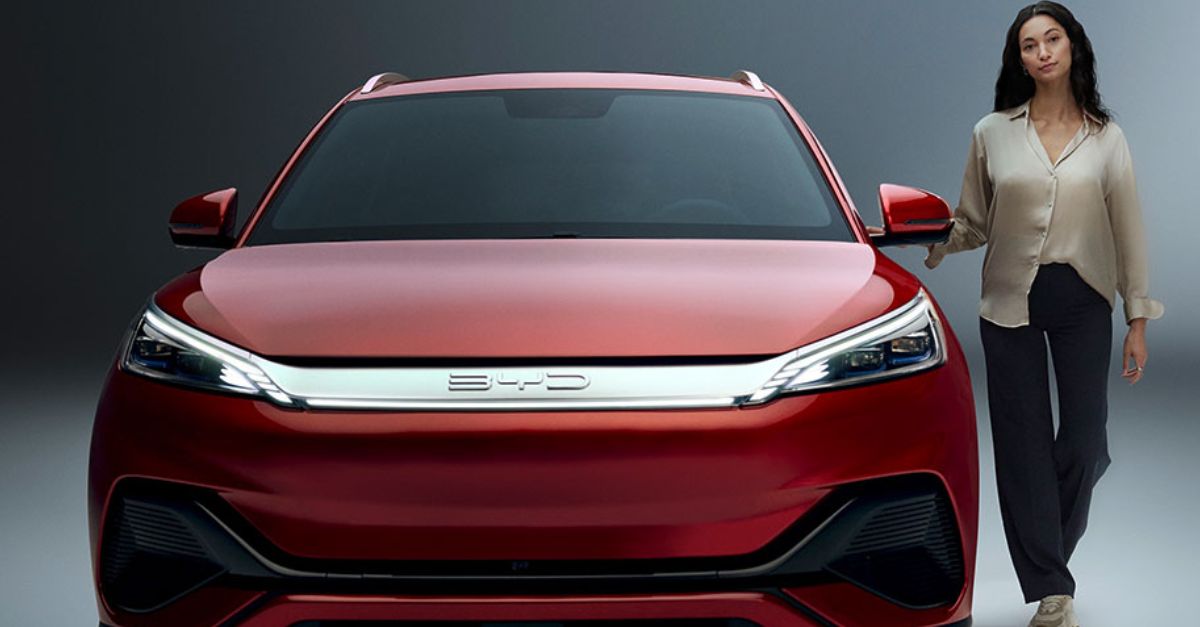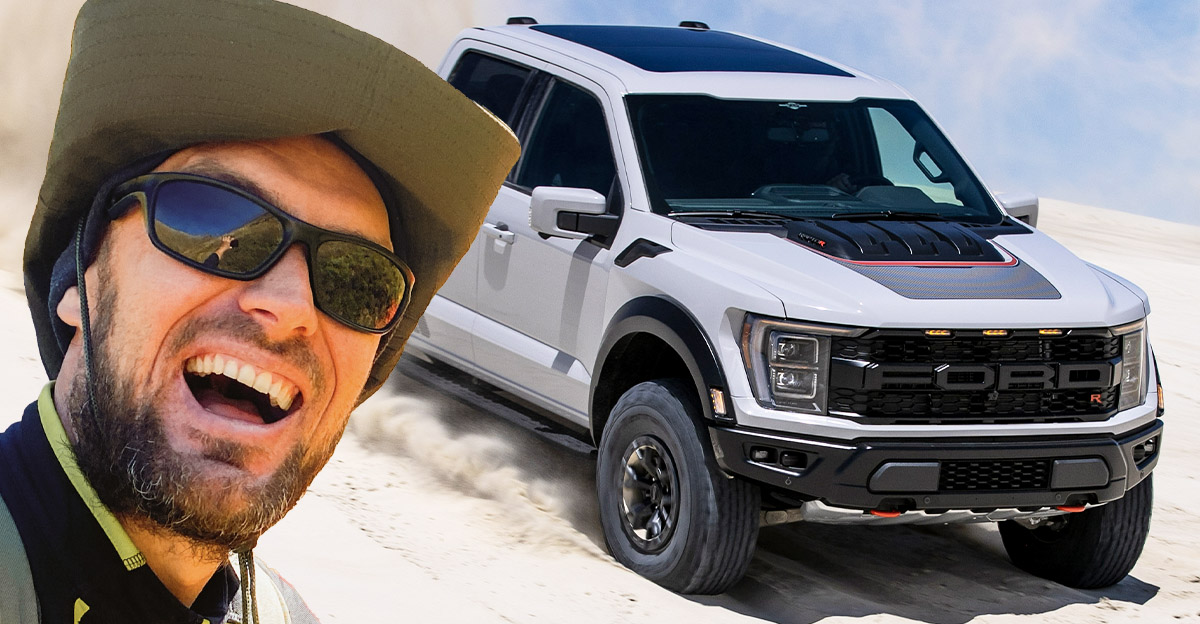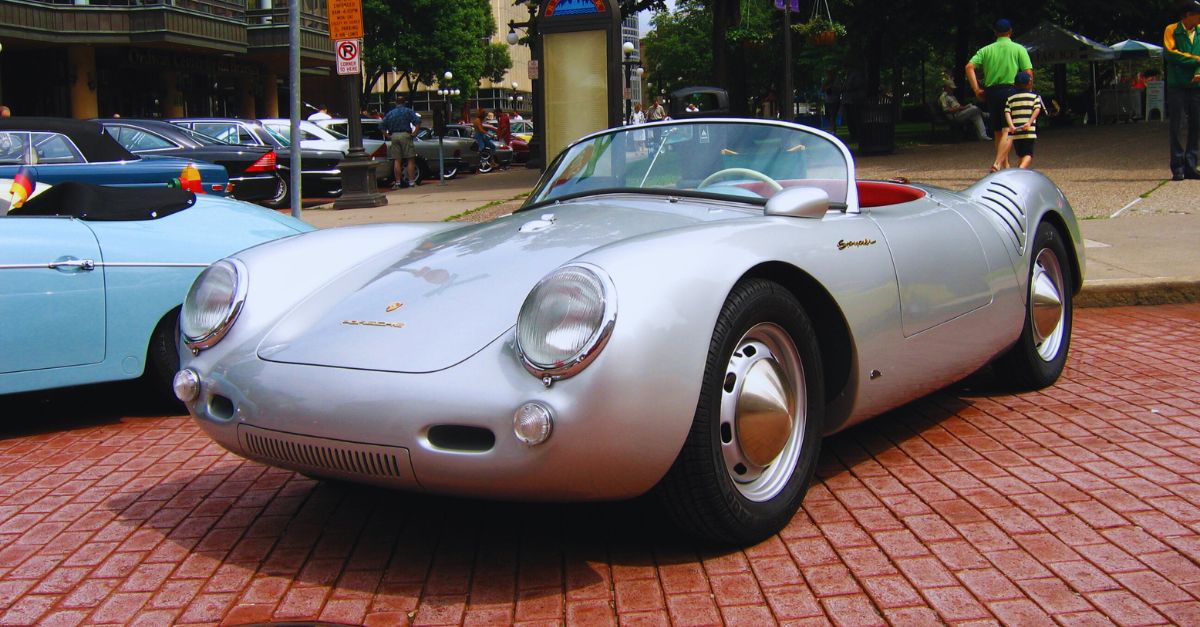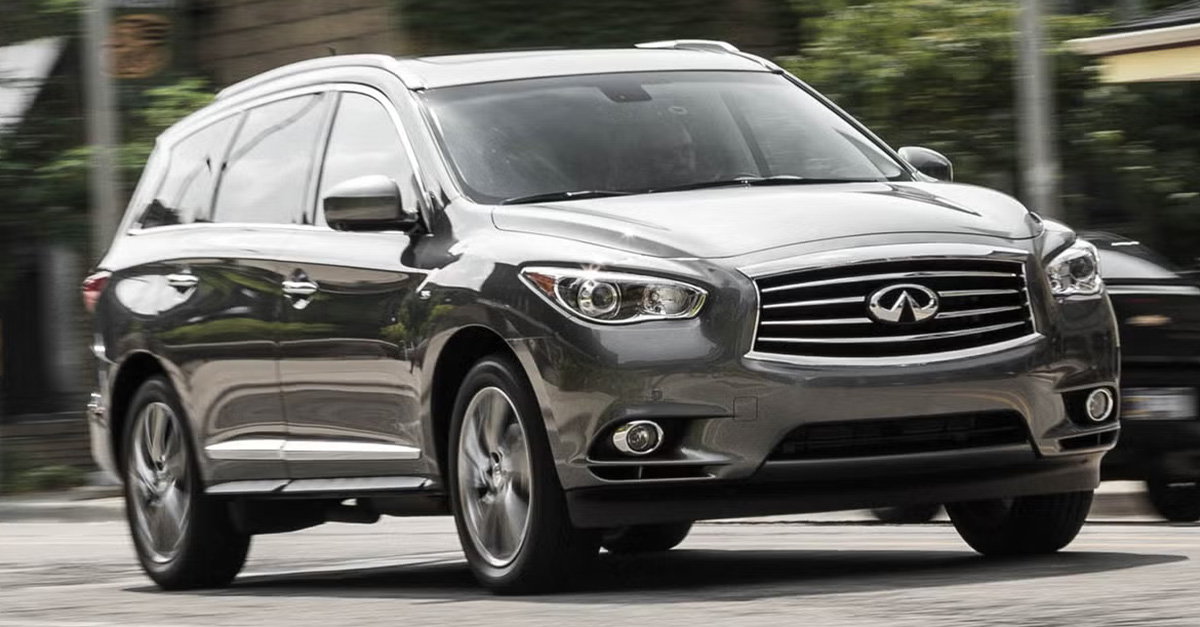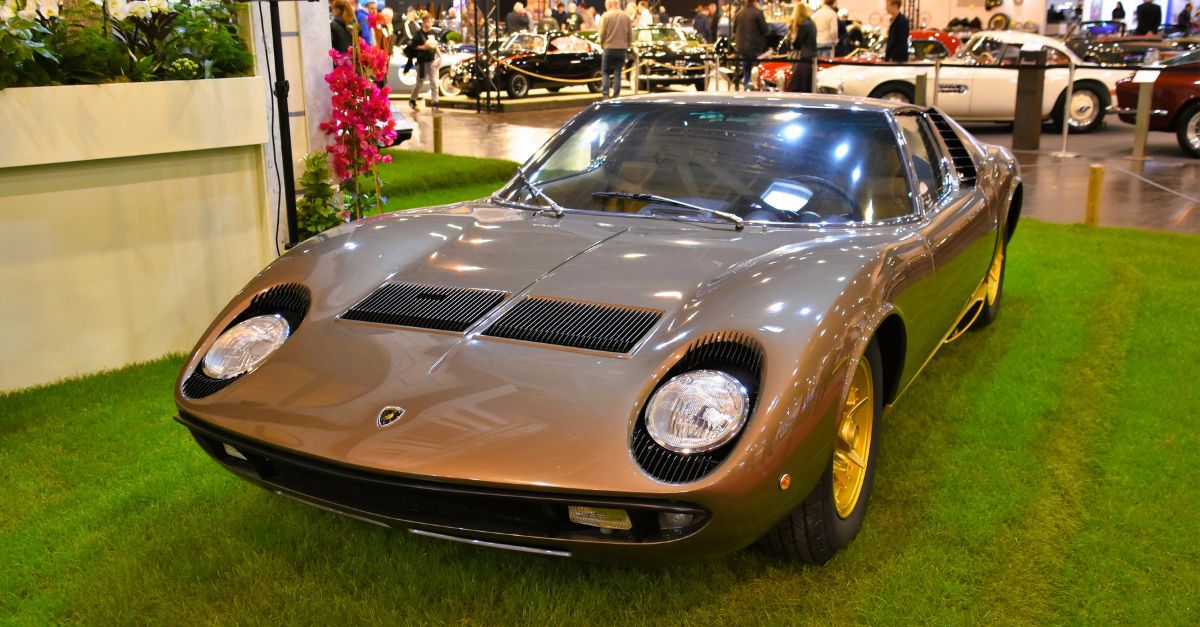When Familiar Names Don’t Fit
A decade ago, imports carried unbeatable momentum. Today, European buyers seem to want something different—cars that feel designed for them, not adapted from elsewhere.

What Imports Are Coming Into Europe
Chinese EV brands like BYD, XPENG, and ZEEKR are rapidly entering Europe. VinFast from Vietnam joins the mix, while South Korea and the UK also contribute. These imports challenge European automakers, but as it seems, BYD seems to stand out. Why?
Import EVs And Europe’s Space Puzzle
In Europe's maze of narrow city streets, large imported EVs often feel out of place. Even compact models like Tesla’s Model 3 face challenges—not in size, but in price. Even with prestige features, many Europeans now gravitate toward BYD’s more affordable Seal.
 Alexander-93, Wikimedia Commons
Alexander-93, Wikimedia Commons
The BYD Seagull: Compact Affordability For Urban Roads
Contrary to assumptions that all new EVs must be premium-priced or share platforms with existing models, BYD's Seagull stands distinct from its Dolphin sibling while targeting Europe's urban mobility needs. This compact, city-focused EV joins BYD's affordable lineup that offers a more accessible alternative to Tesla’s upmarket offerings.
 JustAnotherCarDesigner, Wikimedia Commons
JustAnotherCarDesigner, Wikimedia Commons
BYD Seal: Competing With Europe’s Luxury Standards
When compared to European luxury standards, the BYD Seal reveals a mix of promise and restraint. It matches Porsche Taycan’s $53,930–$55,288 price range and earns the same Euro NCAP rating, yet trails in torsional rigidity. Its ADAS features rival the BMW iX3’s but don’t exceed them.
 Alexander-93, Wikimedia Commons
Alexander-93, Wikimedia Commons
BYD Atto 3: Winning Showrooms With Value
BYD's ATTO 3 is reshaping Europe's EV car scene, resonating strongly in German showrooms while still working to win over British buyers. Known as the Yuan PLUS in select markets, this model matches European rivals feature-for-feature as it undercuts their prices.
 Alexander-93, Wikimedia Commons
Alexander-93, Wikimedia Commons
Local Factories Don’t Guarantee Success
Conventional wisdom says local factories give automakers an edge, but in Tesla’s Berlin Gigafactory case, it shows otherwise. Despite European-based production, Tesla saw a 40% sales drop in July 2025. Meanwhile, BYD, still importing at the time, tripled its registrations.
 Michael Wolf (Webseite), Wikimedia Commons
Michael Wolf (Webseite), Wikimedia Commons
BYD’s Hungary Plant Is Building A Local Advantage
BYD’s new Hungary plant represents a calculated step in its European strategy, since it enables localized production to navigate EU regulations and optimize costs. Even before completion, BYD registrations were surging—showing how well-timed local investment strengthens its competitive stance.
Why Localization Beats Import Dependence
Cost efficiency drives BYD’s localised production in Hungary, resulting in savings compared to import-heavy rivals. Beyond cutting costs, this move also boosts service efficiency across Europe and builds on BYD’s expansion beyond Norway and the Netherlands since 2022.
 BYD to delay mass production at new Hungarian plant, sources say | REUTERS by Reuters
BYD to delay mass production at new Hungarian plant, sources say | REUTERS by Reuters
Import Supply Chains Drive Up Costs
For imported EVs, long supply chains mean European buyers face higher sticker prices and delayed repairs. Shipping fees, import taxes, and US-sourced parts create bottlenecks. In contrast, local or China-based rivals like BYD benefit from proximity and speed.
 10,000 Unsold China’s EVs Pile Up, Turning European Ports Into Huge Parking Lots by China Observer
10,000 Unsold China’s EVs Pile Up, Turning European Ports Into Huge Parking Lots by China Observer
BYD’s Price Disruption Strategy
Europe’s EV market was long dominated by premium imports. BYD broke the cycle with budget-friendly models like the Dolphin and Atto 3, undercutting both European and import competitors. The result: a rapid 1.2% market share that outpaced Tesla in affordability-driven growth.
 Alexander-93, Wikimedia Commons
Alexander-93, Wikimedia Commons
BYD’s Diverse Lineup For Every Need
European cities need affordable EVs designed for all environments, whether compact or spacious—a gap that BYD quickly filled. Its range of small cars, hatchbacks, and SUVs, from the Seagull to the Atto 3, is disrupting competitors who rely on premium or limited model lineups.
Import EVs Lack Entry-Level Options
For European shoppers, many imported EV brands offer only premium vehicles. With Tesla’s promised Model 2 still absent, buyers look elsewhere—finding affordable, compact options in BYD’s lineup that meet the need for accessible electrification.
 Tomas.Gonzalez.3, Wikimedia Commons
Tomas.Gonzalez.3, Wikimedia Commons
Meeting EU Rules With Flexibility
As EU regulations tighten, BYD has shown adaptability by launching compliant models quickly. This nimble approach turns regulatory challenges into advantages, and this gives BYD a competitive edge over slower-moving import brands.
 Euro NCAP Crash & Safety Tests of BYD ATTO 3 2022 by Euro NCAP
Euro NCAP Crash & Safety Tests of BYD ATTO 3 2022 by Euro NCAP
Service Headaches Of Import EVs
The futuristic glow of imported EVs can fade when service and repair realities set in. Sky-high costs, long waits, and parts delays frustrate owners. BYD, with its expanding dealer network, offers a more service-friendly promise.
 Krakenimages.com, Shutterstock
Krakenimages.com, Shutterstock
Dealer Networks Drive Local Growth
At the core of BYD’s expansion is a growing web of showrooms and partnerships that tailor offerings through regional distributors. This contrasts with direct-sales import models, which give BYD more flexibility to connect with buyers.
 -wuppertaler, Wikimedia Commons
-wuppertaler, Wikimedia Commons
Build Quality Perceptions Hurt Imports
While BYD emphasizes comfort-focused interiors, imported EVs face steady criticism for inconsistent build quality. These complaints have eroded trust and helped BYD’s reputation for reliability gain traction.
Battery Safety Without The Price Spike
Battery safety once came at a premium cost—until BYD introduced its Blade Battery. With strong fire and puncture resistance in an affordable design, BYD solved a major challenge that European buyers have warmly embraced.
 Matti Blume, Wikimedia Commons
Matti Blume, Wikimedia Commons
Hybrid Options Offer Buyer Flexibility
Unlike many import-focused brands that sell only pure EVs, BYD also offers plug-in hybrids such as the Seal U. This variety gives European buyers real powertrain choice—a flexibility Tesla, for example, doesn’t currently provide.
 Alexander-93, Wikimedia Commons
Alexander-93, Wikimedia Commons
Marketing That Matches The Market
Rather than relying solely on sponsorships or branding, BYD focuses on dropping well-priced, tailored EVs into the market. This product-first marketing has proven more effective than the splashy campaigns often used by premium import rivals.
 Frank Schwichtenberg, Wikimedia Commons
Frank Schwichtenberg, Wikimedia Commons
Software-First Interiors Vs Traditional Preferences
Some import EVs push minimalist, software-driven cabins—but European buyers often prefer familiar buttons and comfort-first designs. BYD seized this opportunity and crafted practical interiors that match cultural expectations.
Safety Perceptions Shape Market Shifts
Tesla’s Autopilot safety controversies highlight the challenges of importing advanced features into Europe’s tightly regulated markets. In contrast, BYD’s ADAS features have gained positive traction, strengthening its appeal in safety-conscious Europe.
 Ian Maddox , Wikimedia Commons
Ian Maddox , Wikimedia Commons
Flexible Financing Wins Buyers
BYD’s leasing and financing options are reshaping how Europeans access EVs. These programs make ownership more accessible compared to premium import models. This helps BYD turn electric mobility into a mainstream option.
Resale Values Put Imports At A Disadvantage
Once dominant in resale value, imported EVs are losing ground in Europe. Owners now struggle to secure strong trade-in prices, prompting many buyers to opt for BYD’s affordable newcomers.
 JustAnotherCarDesigner, Wikimedia Commons
JustAnotherCarDesigner, Wikimedia Commons
Pricing Inconsistencies Hurt Consumer Trust
Import EV pricing in Europe often fluctuates dramatically, and the fluctuations leave buyers frustrated. BYD’s consistent, stable pricing builds trust and reinforces its affordability edge.
Leadership Image Matters In Europe
Tesla’s brand perception in Europe has been weighed down by controversies surrounding its CEO, Elon Musk. European consumers, sensitive to leadership image, contrast this with BYD’s neutral, low-profile approach.
 Tesla Owners Club Belgium, Wikimedia Commons
Tesla Owners Club Belgium, Wikimedia Commons

